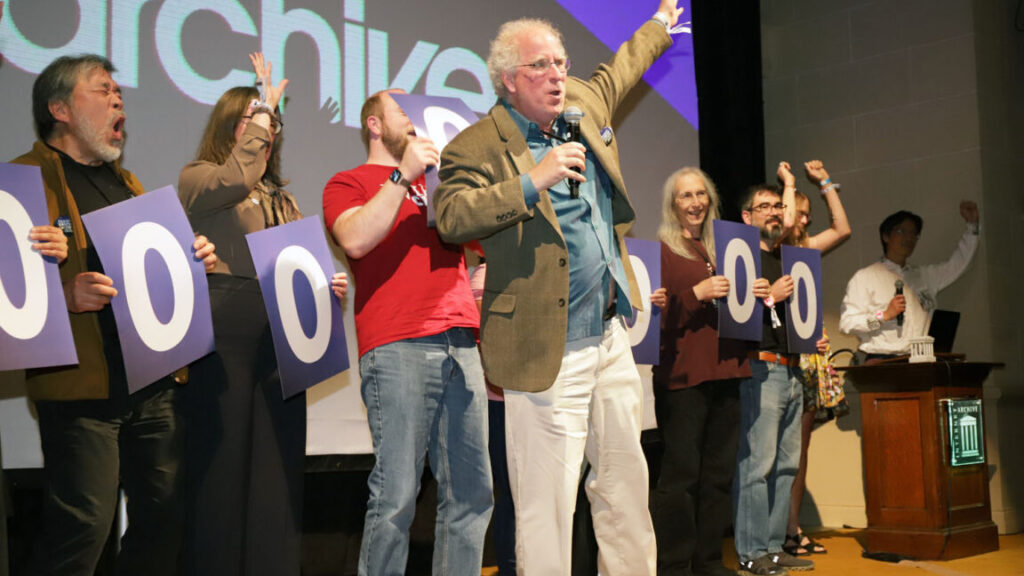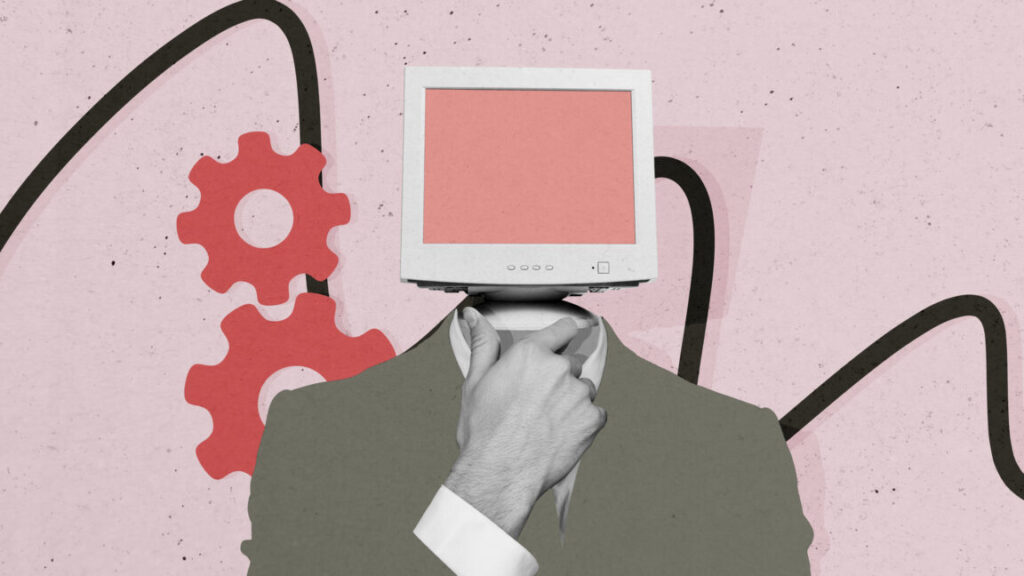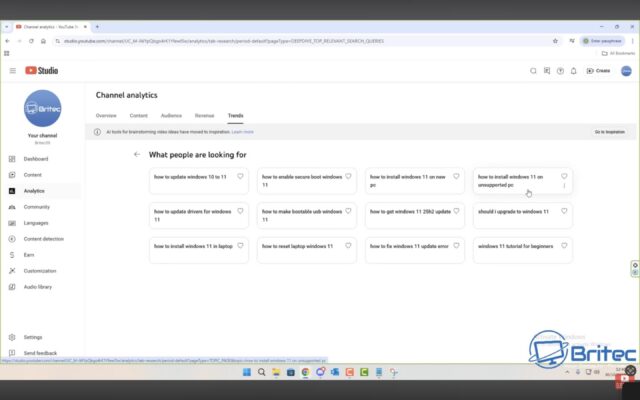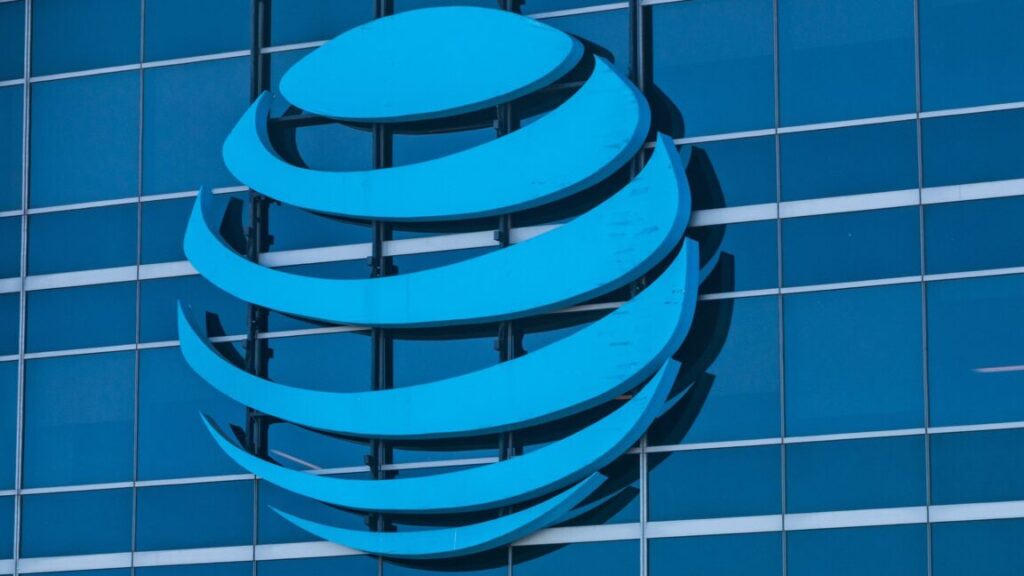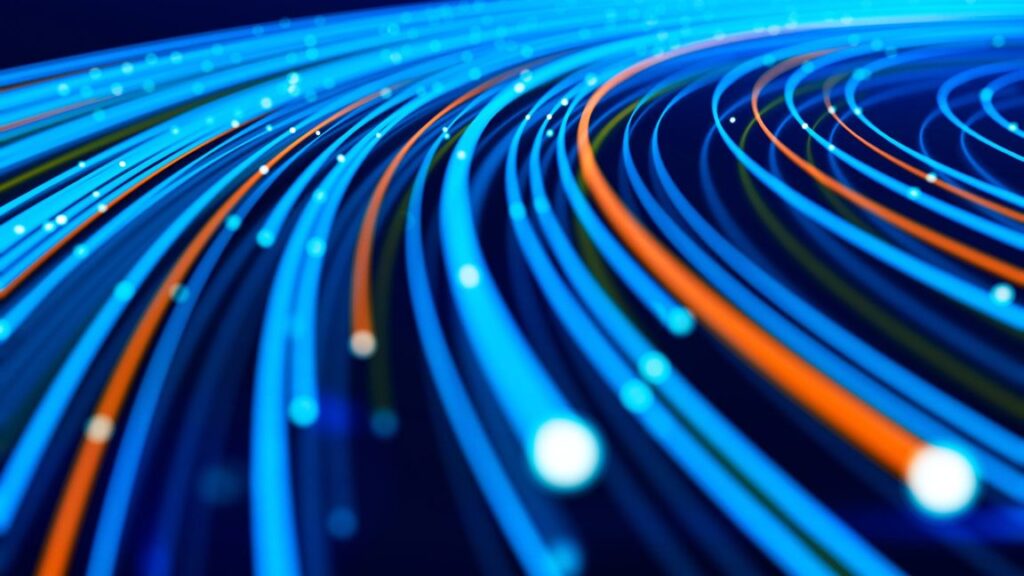US gives local police a face-scanning app similar to one used by ICE agents
“Biometric data used to identify individuals through TVS are collected by government authorities consistent with the law, including [when] issuing documents or processing illegal aliens,” the CBP statement said. “The Mobile Fortify Application provides a mobile capability that uses facial comparison as well as fingerprint matching to verify the identity of individuals against specific immigration related holdings.”
404 Media quoted Cooper Quintin, senior staff technologist at the Electronic Frontier Foundation, as saying that “face surveillance in general, and this tool specifically, was already a dangerous infringement of civil liberties when in the hands of ICE agents. Putting a powerful surveillance tool like this in the hands of state and local law enforcement officials around the country will only further erode peoples’ Fourth Amendment rights, for citizens and non-citizens alike. This will further erode due process, and subject even more Americans to omnipresent surveillance and unjust detainment.”
DHS proposes new biometrics rules, definition
In related news this week, the Department of Homeland Security is proposing rule changes to expand the collection and use of biometric information. The proposed changes are open for public comment until January 2, 2026.
“The purpose of this rule is to establish a standard and provide notice that every individual filing or associated with a benefit request, other request, or collection of information is subject to the biometrics requirement, unless DHS exempts a category of requests or individuals, or a specific individual,” the proposal said. “This includes any alien apprehended, arrested or encountered by DHS in the course of performing its functions related to administering and enforcing the immigration and naturalization laws of the United States. As it relates to benefit requests, other requests and collections of information, notice of this requirement will be added in the form instructions for the relevant forms, as needed.”
The proposed rule change would expand the agency’s definition of biometrics “to include a wider range of modalities than just fingerprints, photographs and signatures.” The proposed definition of biometrics is “measurable biological (anatomical, physiological or molecular structure) or behavioral characteristics of an individual.” This includes face and eye scans, vocal signatures, and DNA.
US gives local police a face-scanning app similar to one used by ICE agents Read More »




